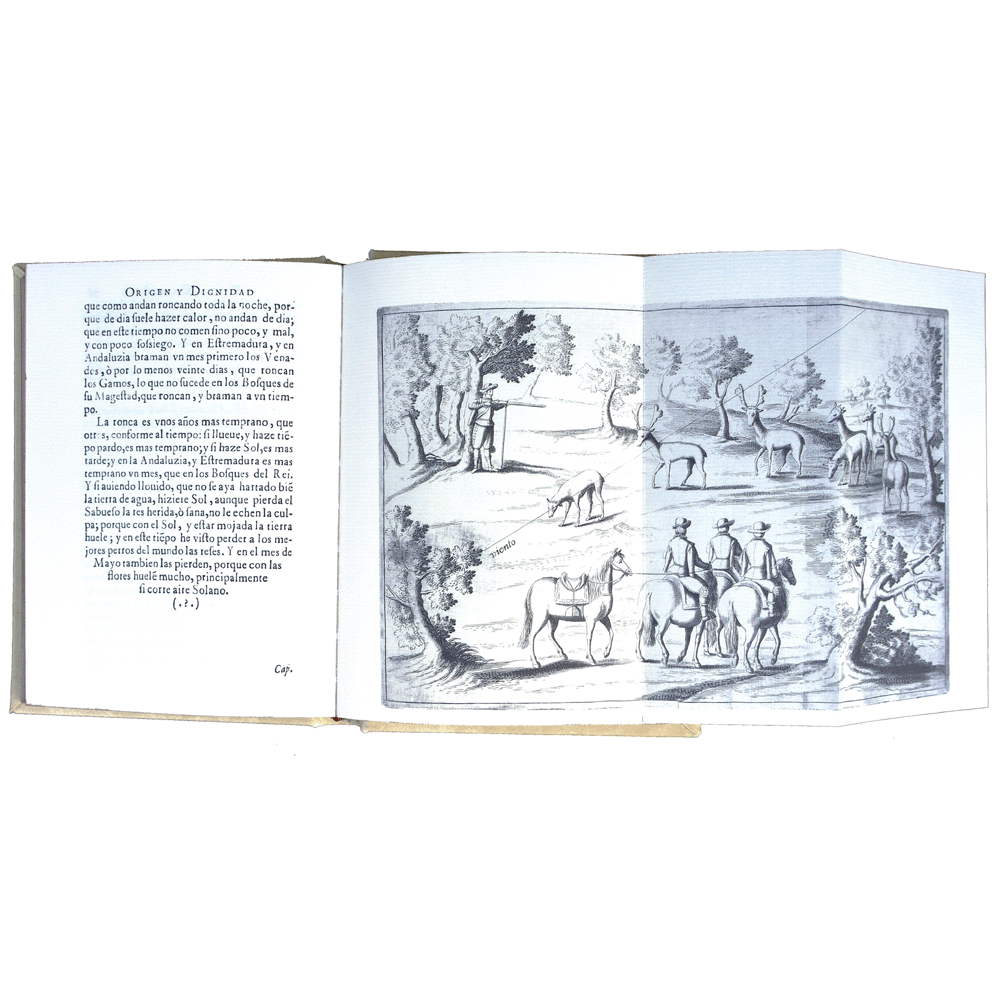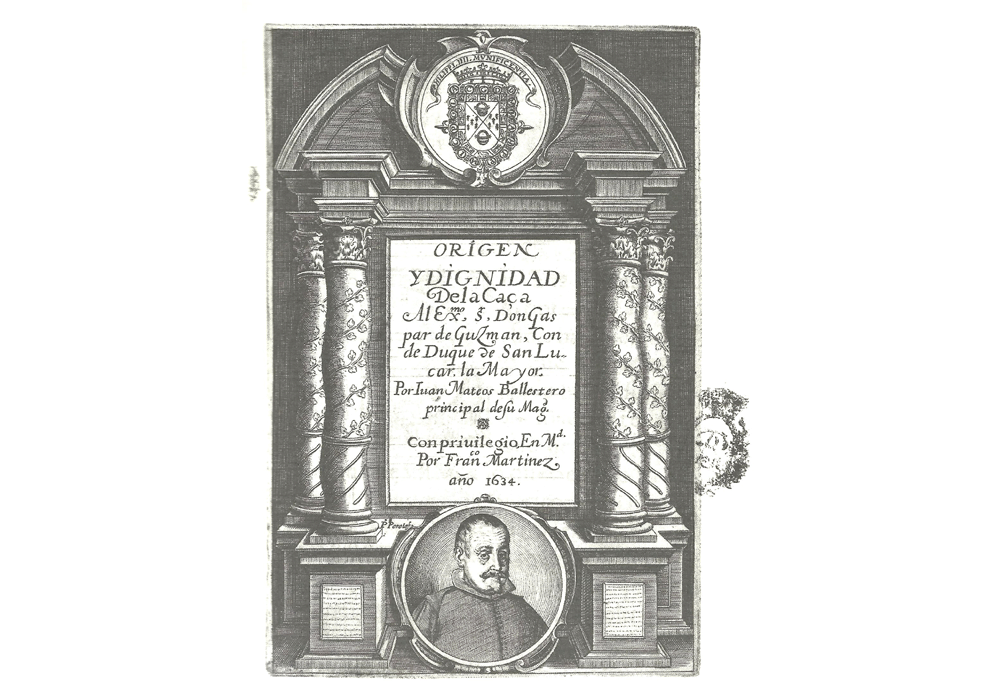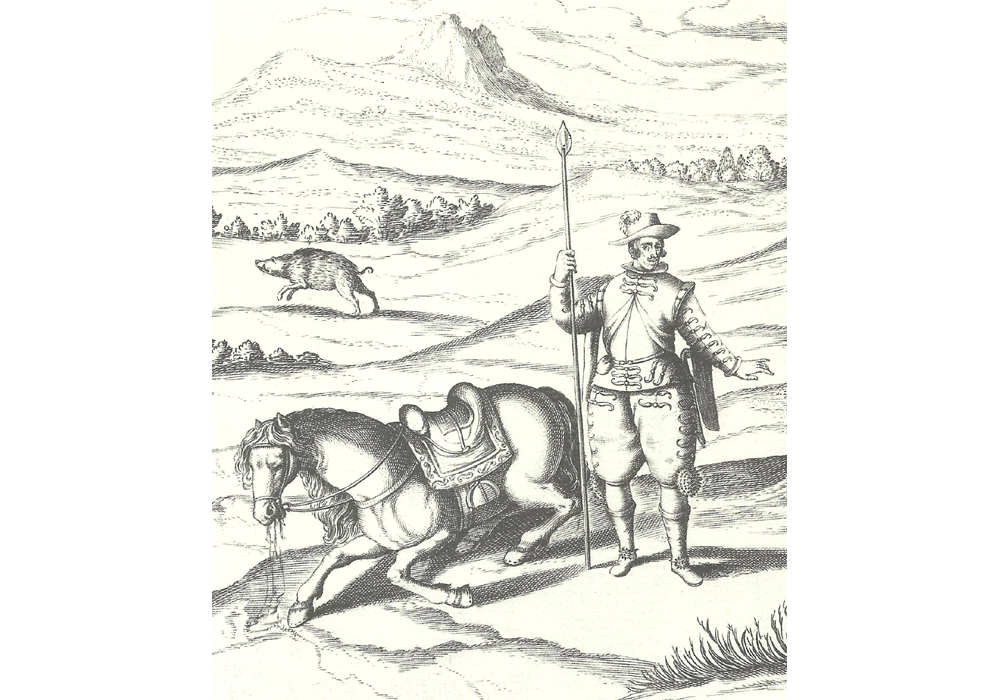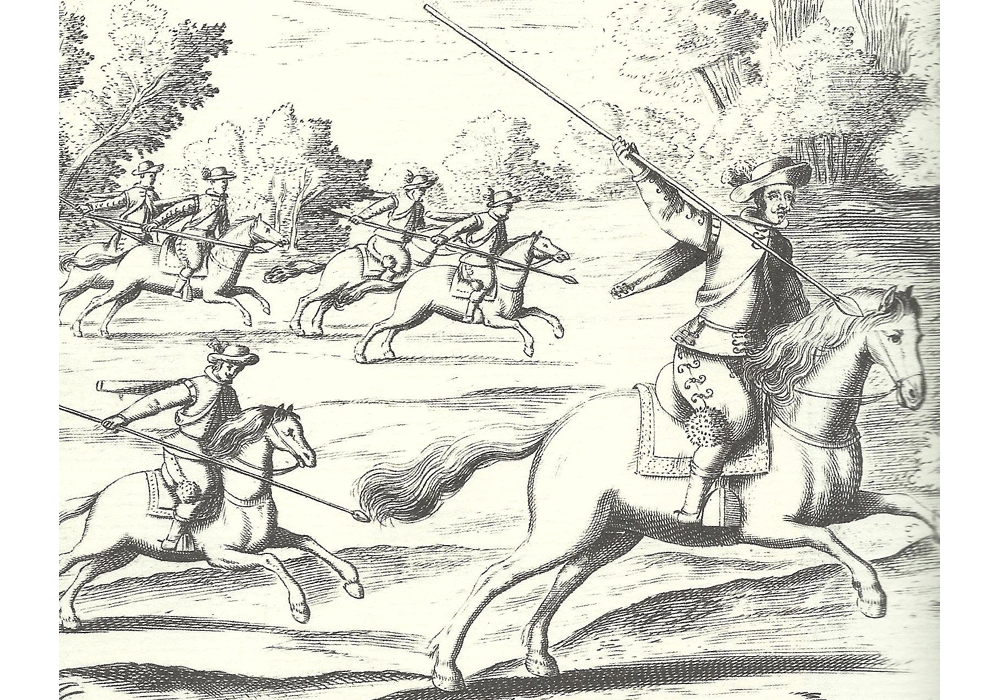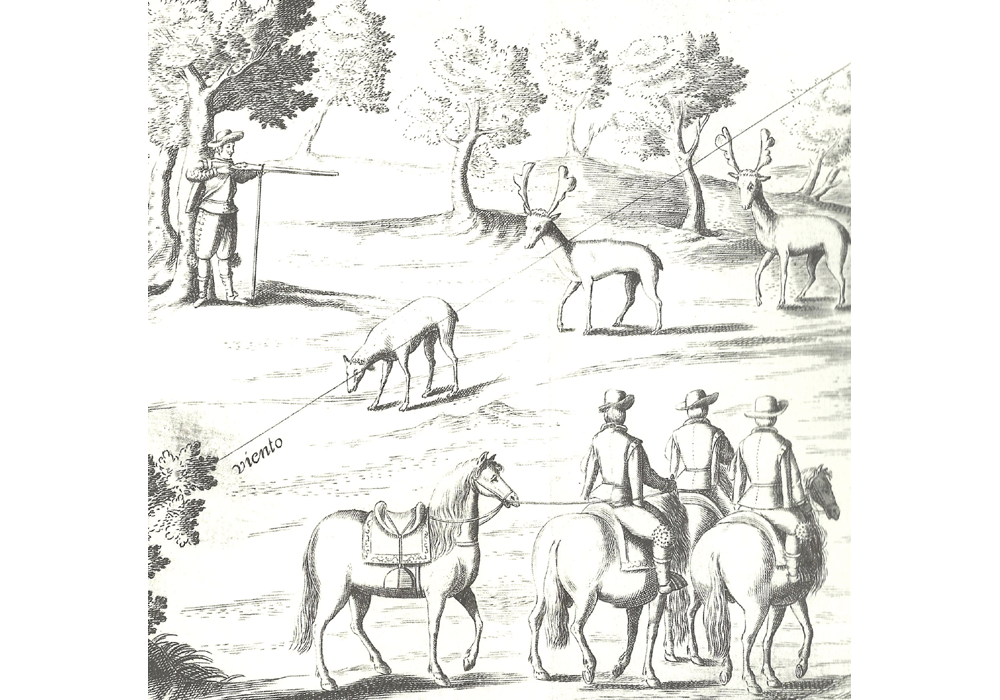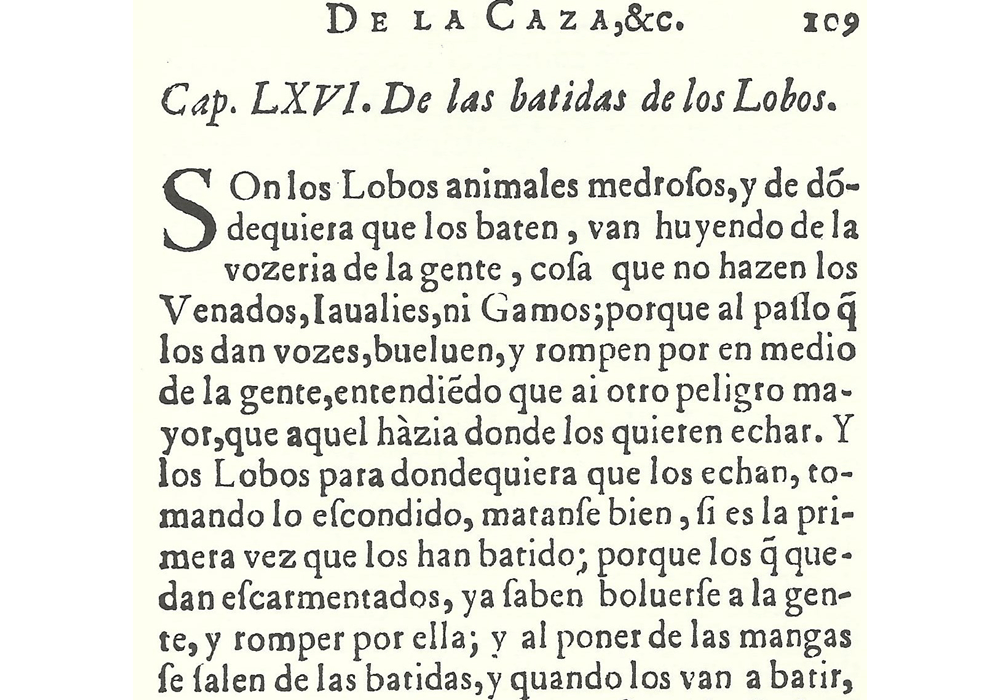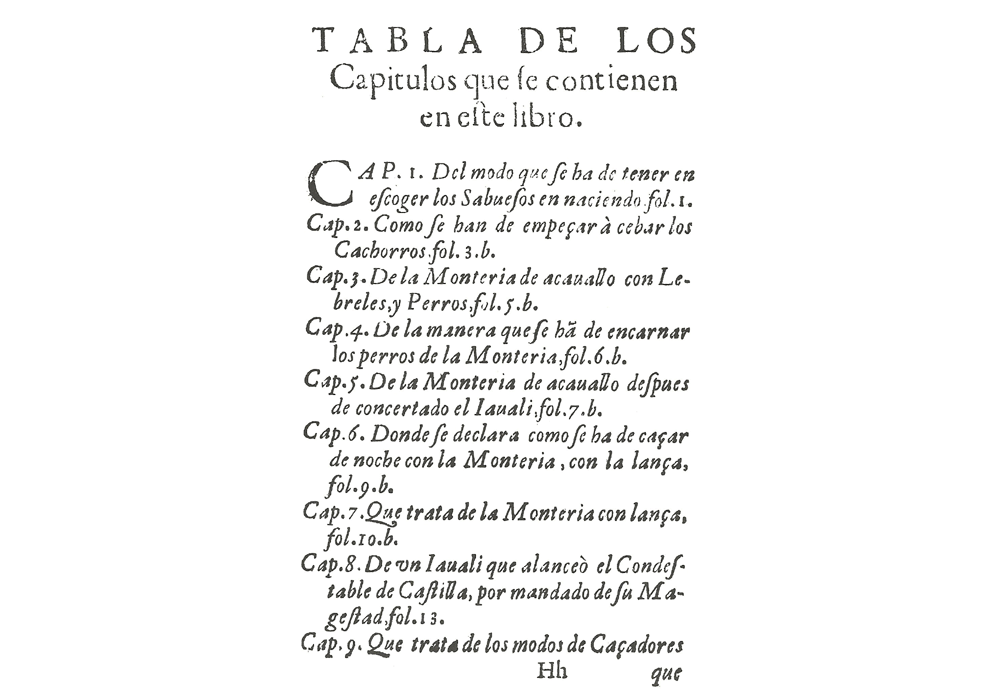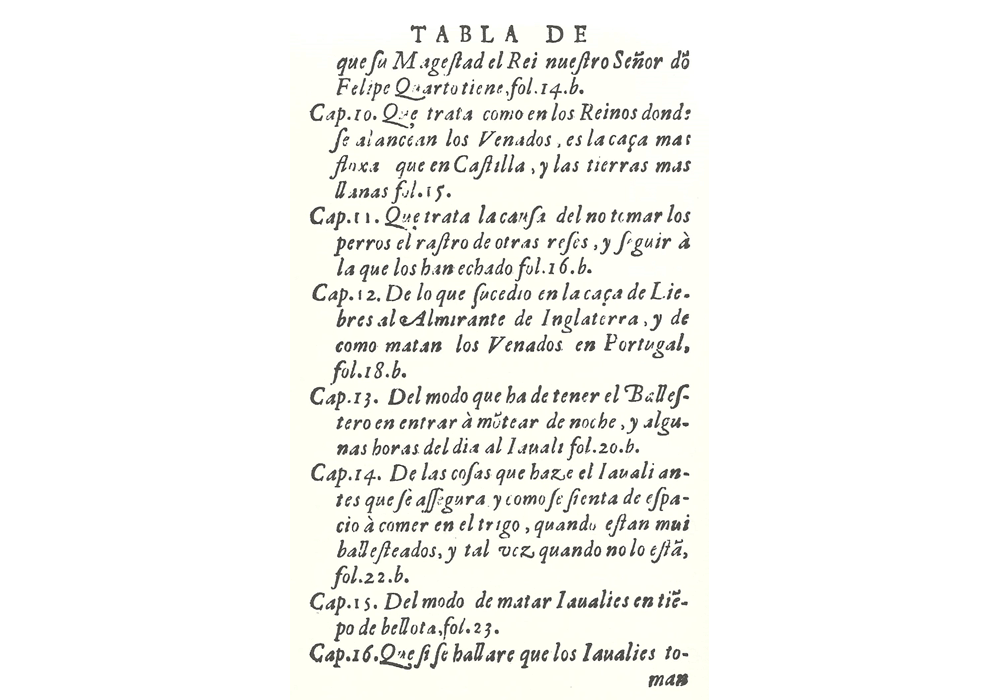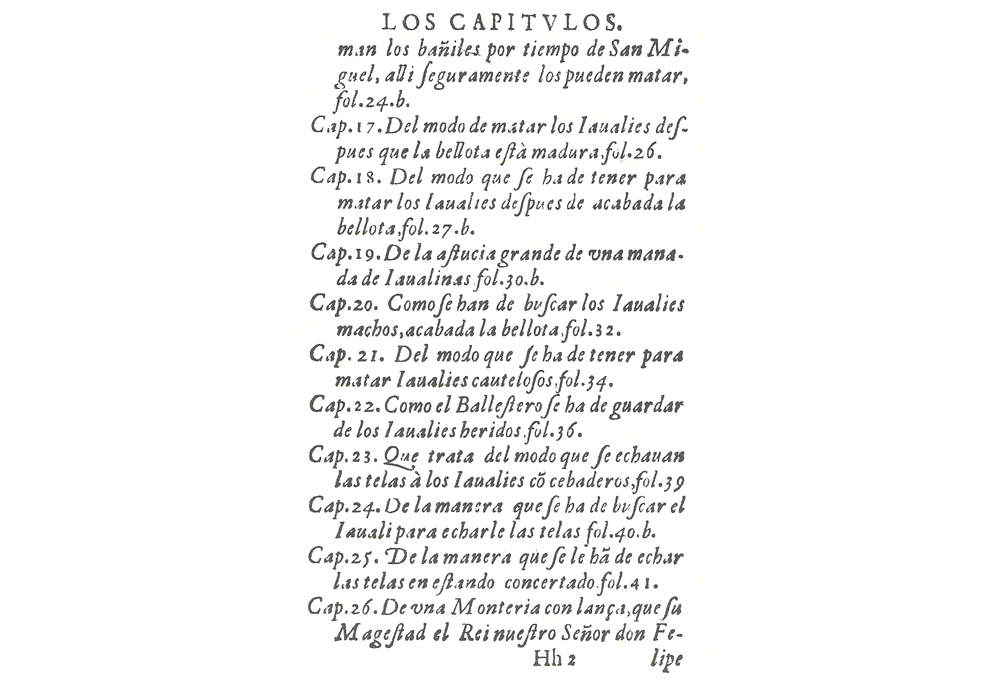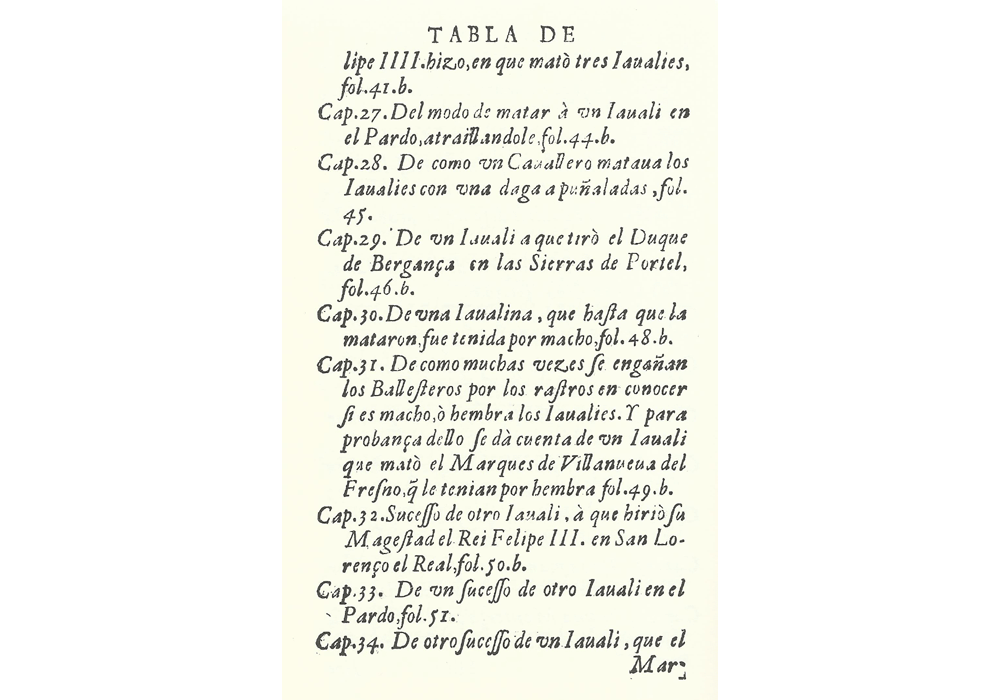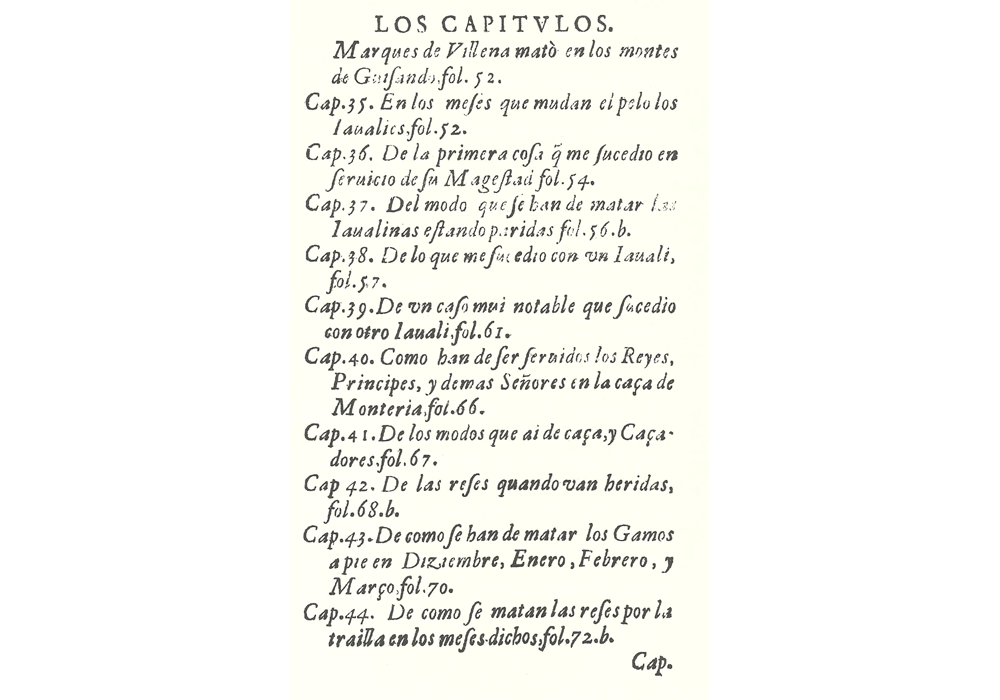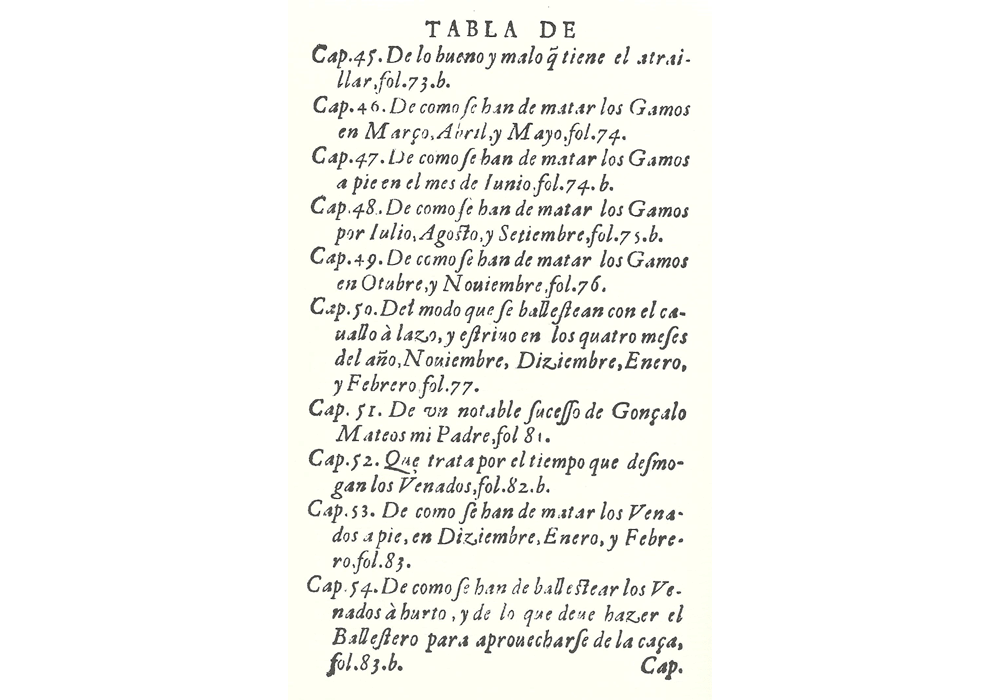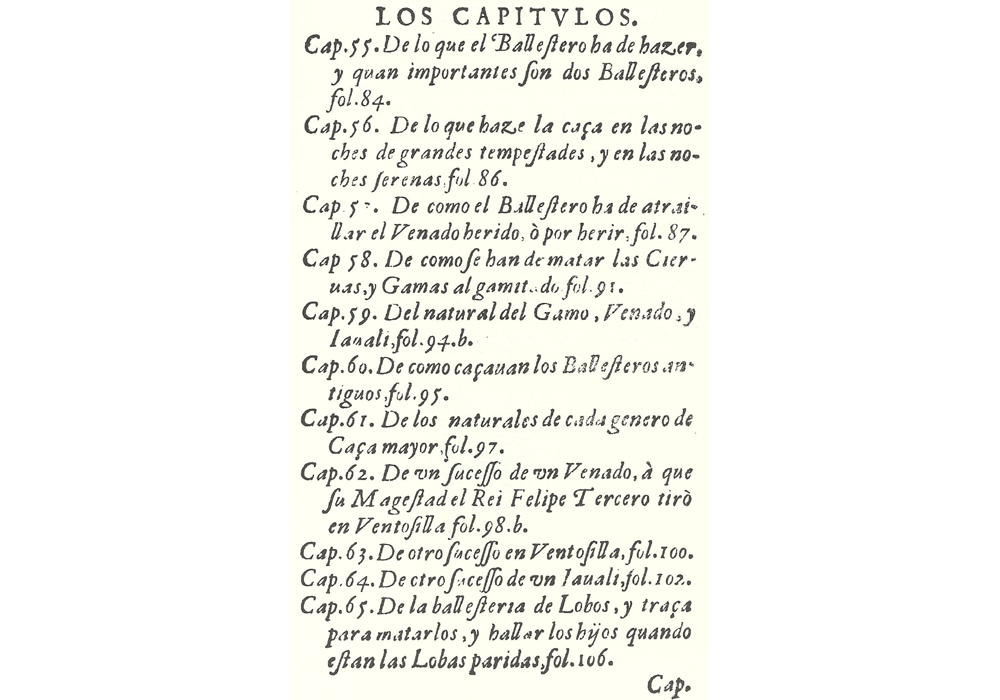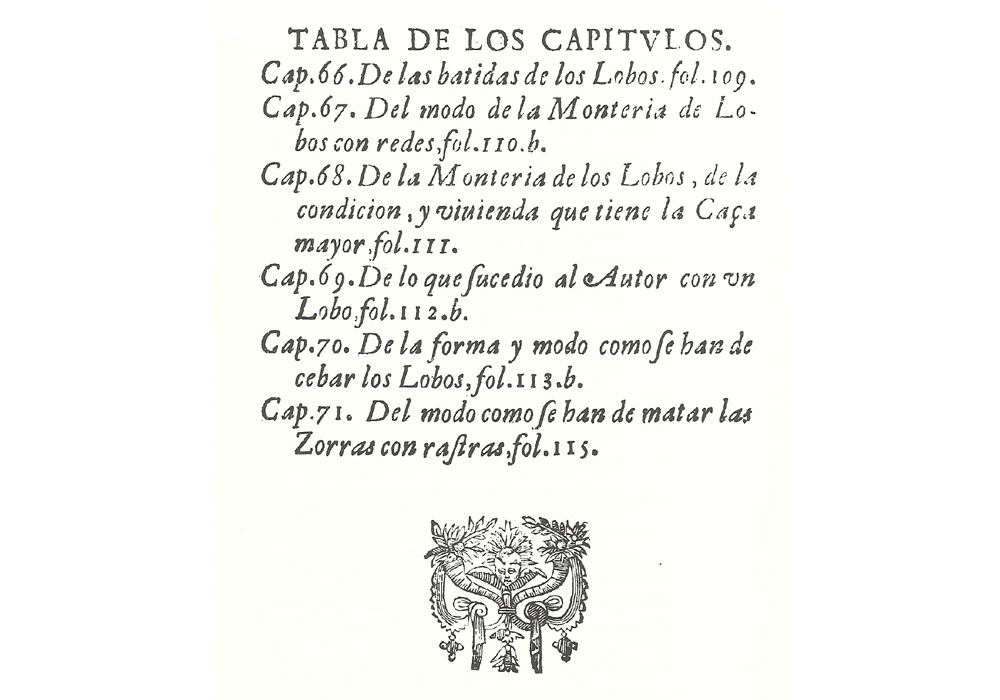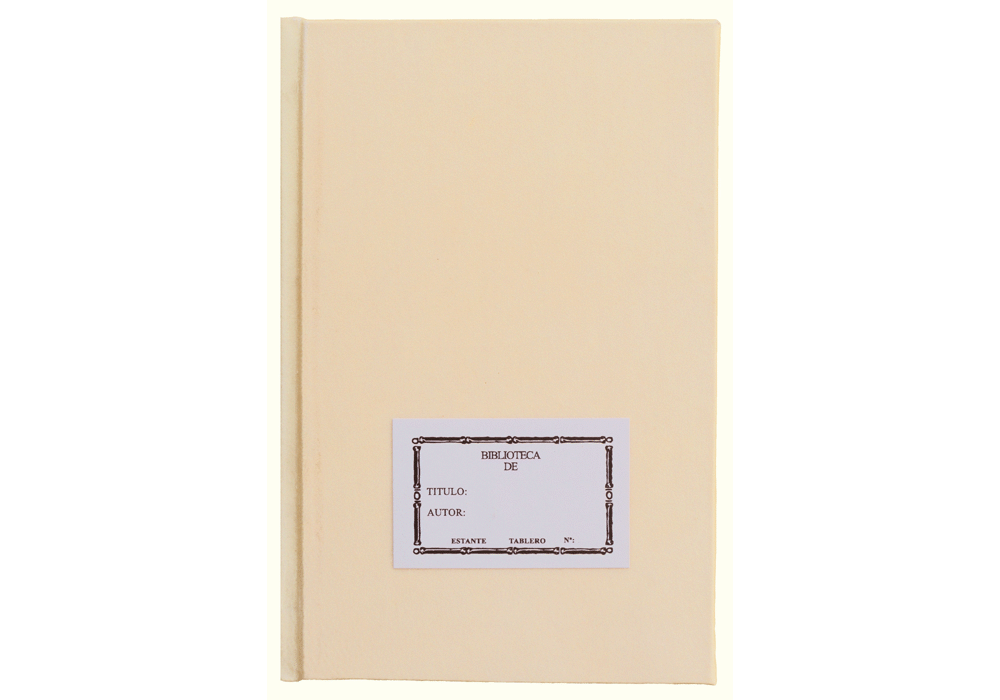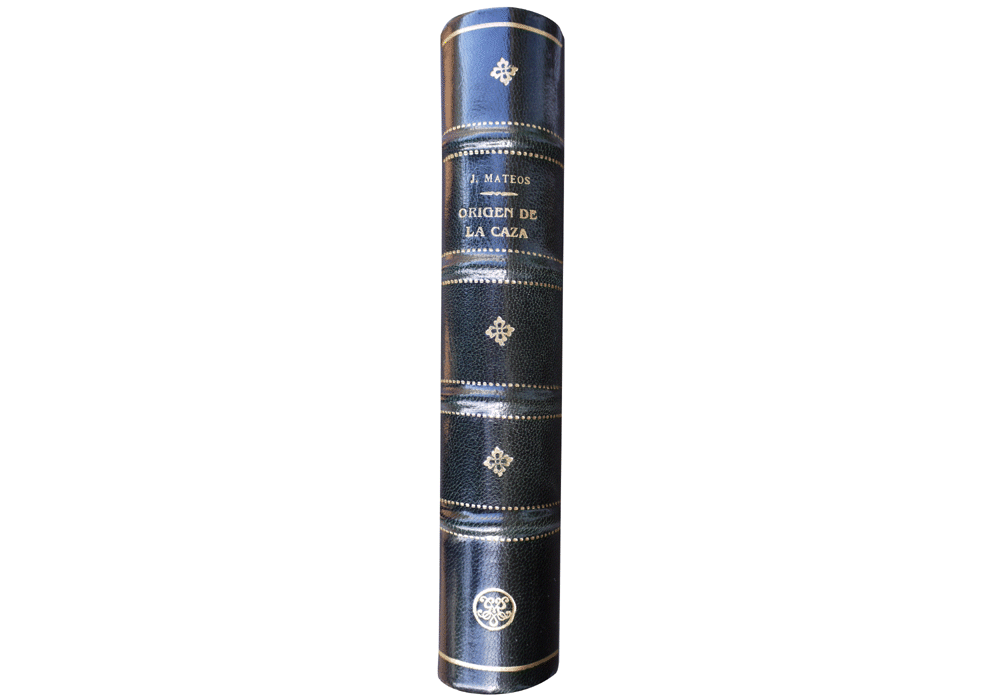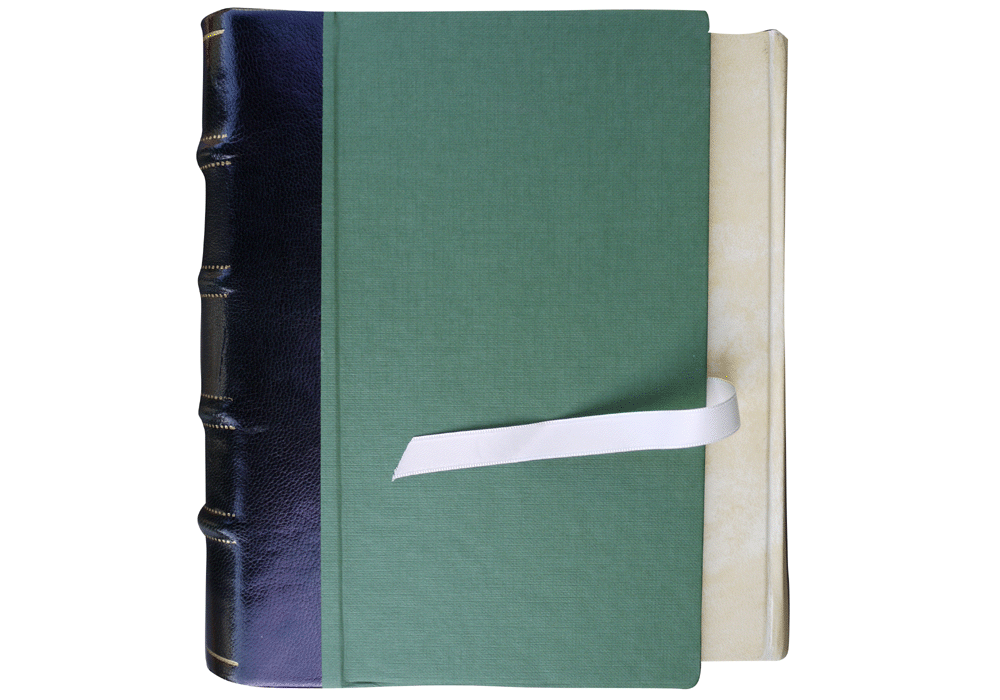|
|
|
| Seguir @vicentgarciaedi Twittear |
|
vgesa |

|
|
|
Synopsis: About the origin of hunting, the author of this work, Juan Mateos, tells us, he was a principal king's crossbow soldier. In his prologue “Al letor”, "que el exercicio Real de la Caça se originó de la defensa que forzosamente los hombres hazian contra las fieras, por la guarda de sus ganados, cuyos robos fueron causa de sus muertes" (Royal exercise of hunting was originated in order to defend men against the wild beasts and to protect their cattle, whose theft was the cause of their deaths) and "La Dignidad deste noble exercicio se conoce fácilmente por ser propia acción de Reyes, y Principes, y el Maestro mas docto que puede enseñar mejor el Arte militar teorica y practicamente" (the dignity of this noble exercise is an activity for kings, princes and the most prepared teacher who can best teach the military art, in both theory and practice). This work is dedicated to the Count Duke de Olivares. The work is illustrated with three traced folded engravings and it is worth to mention the beauty of the title page. It is architectural, equally brass engraving, including the author's portrait. There are rich initials and a beautiful final ornament when the Table of chapters is concluded. Antonio Sancho Dávila y Toledo, marqués de Velada wrote, approving it: "El tratado es maestro de exercicio Real, y robusto, vtil para todos, no facil; y en esta leccion entretenido con decoro, ilustrado con sucessos asistidos de Magestad incomparable: el Autor merece alabança, el libro licencia para que la impression le comunique..." (the study is a perfect royal and robust master book, useful to everybody, not an easy one; the author deserves praise and the book deserves a license for the printing to communicate it...). Francisco Martínez is without a doubt, one of the main printers of Madrid in the XVII century, active between 1627 and 1645, but we do not know anything else about him. His life (known) are his printings, amongst them the variety of themes and the richness and beauty of the title page, the initials and the bullets, however the typographic quality is not regular.
|
IBIC Rating: |
||
|
AC History of art / art & design styles |
1D Europe
|
|



